Tub to Shower Conversion Tips for a Stunning Bathroom
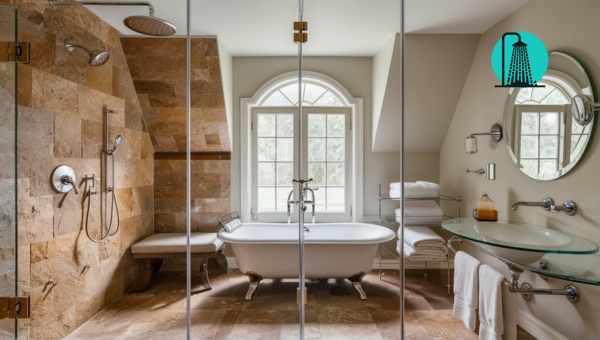

Ever felt like your bathtub was just taking up space? Imagine stepping into a sleek, modern shower instead. Tub to shower conversions can transform your bathroom into a more functional and stylish space. Picture this: A morning routine that feels more like a spa experience. That’s the magic of a tub-to-shower conversion.
It’s not just about aesthetics; it’s about maximizing the space and convenience. Whether you’re looking to increase the value of your home or simply want a refreshing change, converting your tub to a shower could be the solution.
In this article, we’ll dive into everything you need to know about the process, from planning to finishing touches. Get ready to say goodbye to your old tub and hello to a revitalized bathroom!
When thinking about a tub-to-shower conversion, there are several important factors to keep in mind. These factors will help ensure the process goes smoothly and meets your needs.
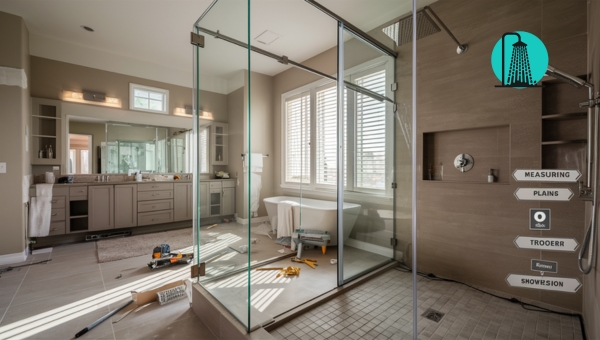
From understanding the costs involved to making sure your home can handle the changes, each aspect plays a crucial role. Additionally, knowing the local building rules will keep you on the right track.
Embarking on a tub-to-shower conversion requires a clear understanding of your budget. The tub-to-shower conversion cost can vary significantly depending on materials, labor, and design preferences. It’s essential to consider the price of new fixtures, tiles, and any additional features you might desire.
Labor costs can also add up quickly, so getting multiple quotes from contractors is advisable. Planning your budget carefully will help avoid unexpected expenses and ensure you get the bathroom of your dreams without financial stress.
Before starting any bathtub conversion to a walk-in shower, it’s vital to assess the plumbing and structural requirements. The existing plumbing setup may need alterations, such as moving pipes or installing new drainage systems.
It’s crucial to evaluate whether your bathroom’s structure can support these changes, especially if you live in an older home. Consulting with a professional plumber can provide insights into what modifications are necessary. This step is essential to prevent potential water damage or structural issues down the line.
Understanding local building codes is a key part of any tub-to-walk-in shower conversion. These codes ensure safety and compliance with regional standards. Regulations might dictate the type of shower units allowed, the placement of fixtures, or specific materials that must be used.
It’s crucial to research these codes or consult with a professional to avoid any legal complications. Following these guidelines not only ensures safety but also adds value to your home.
Also Read: Walk-In Shower Installation Tips for a Beautiful and Functional Bathroom
Embarking on a tub-to-shower conversion can seem like a big task, but breaking it down into steps makes it more manageable. In this section, we’ll guide you through the entire process—from planning to the final touches.
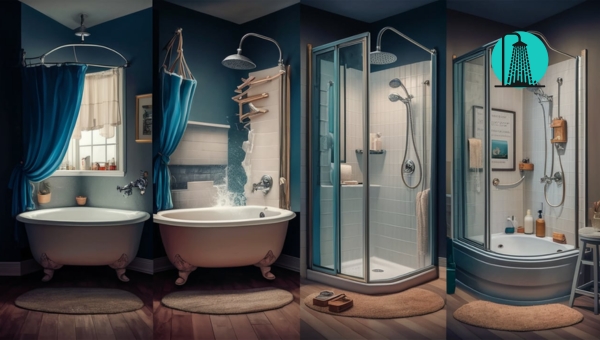
Let’s get into each stage and discover how to transform your bathroom efficiently.
The journey begins with careful planning and preparation. Start by measuring your existing space to ensure the new shower will fit perfectly. Consider the type of shower you want—whether it’s a walk-in or a more traditional design. Select materials and finishes that complement your bathroom’s aesthetic.
Gather all necessary tools and materials before you start, and if needed, consult with a professional to avoid any hiccups along the way. This phase sets the foundation for a smooth conversion, so take your time to get everything right.
Next comes the demolition and removal of the old tub. This step requires caution and precision to avoid damaging surrounding areas. Begin by turning off the water supply to the bathroom to prevent any leaks or accidents.
Carefully remove the old bathtub, taking care to disconnect plumbing fixtures properly. Dispose of the debris responsibly, following local regulations for waste disposal. This step clears the way for the new shower installation and is crucial for a fresh start in your bathroom transformation.
Now, it’s time to install the new shower components. Begin by setting up the shower base or pan, ensuring it is level and secure. Next, connect the plumbing fixtures, such as the showerhead and faucet, making sure they are tightly sealed to prevent leaks.
Install the shower walls or tiles, aligning them neatly for a polished look. Finally, add any additional features like shelves or grab bars for convenience and safety. This step brings your vision to life, transforming the space into a functional and stylish shower area.
Selecting the perfect shower design can transform your bathroom into a comfortable and stylish space. The key is to find a balance between functionality and aesthetics. When choosing a shower design, consider the size and layout of your bathroom to ensure the new shower fits seamlessly.
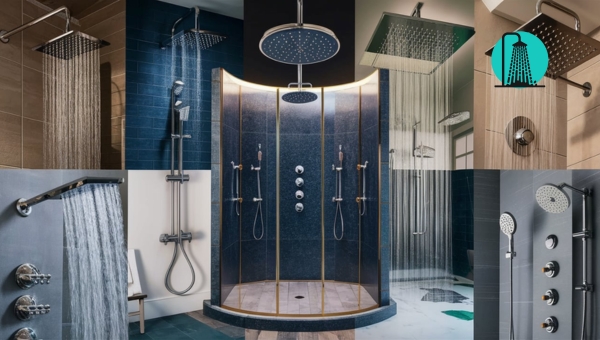
Here are some factors to keep in mind:
By focusing on these aspects, you can create a shower space that is both practical and visually appealing.
Converting a tub to a shower can transform your bathroom in numerous ways, making it more functional and stylish. Let’s get into the benefits of this popular transformation:
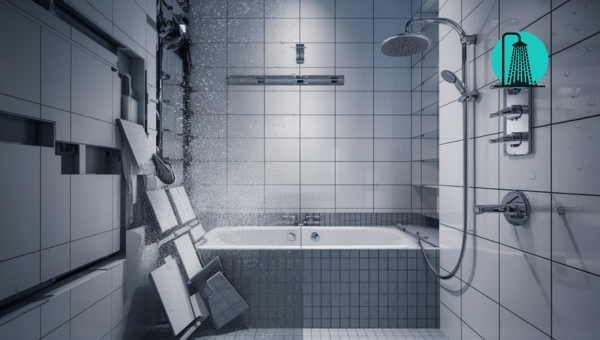
Each of these benefits contributes to a bathroom that not only meets practical needs but also provides a more enjoyable and visually pleasing space.
To minimize project costs while maximizing the value of your tub-to-shower conversion, consider the following strategies:
Converting a tub to a shower is a practical choice for many homeowners. It enhances accessibility and can boost your bathroom’s aesthetic appeal. By carefully considering all aspects, from budget to design, you can ensure a smooth transition. The process might seem challenging, but with the right planning, it becomes manageable and rewarding.
Embrace the change and enjoy the modern look and feel of your new shower space. If you found this guide helpful, explore more insightful articles on our site. Dive into other home improvement tips and tricks to transform your living space!